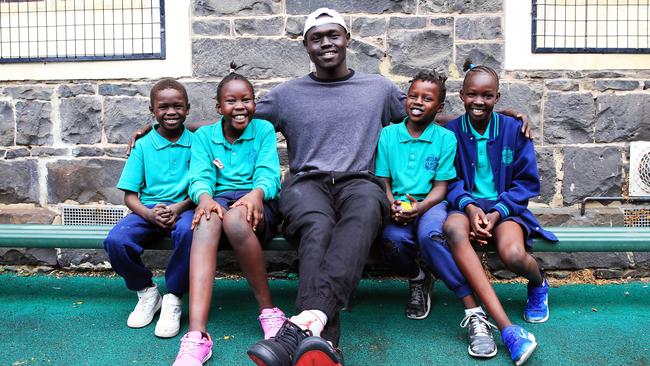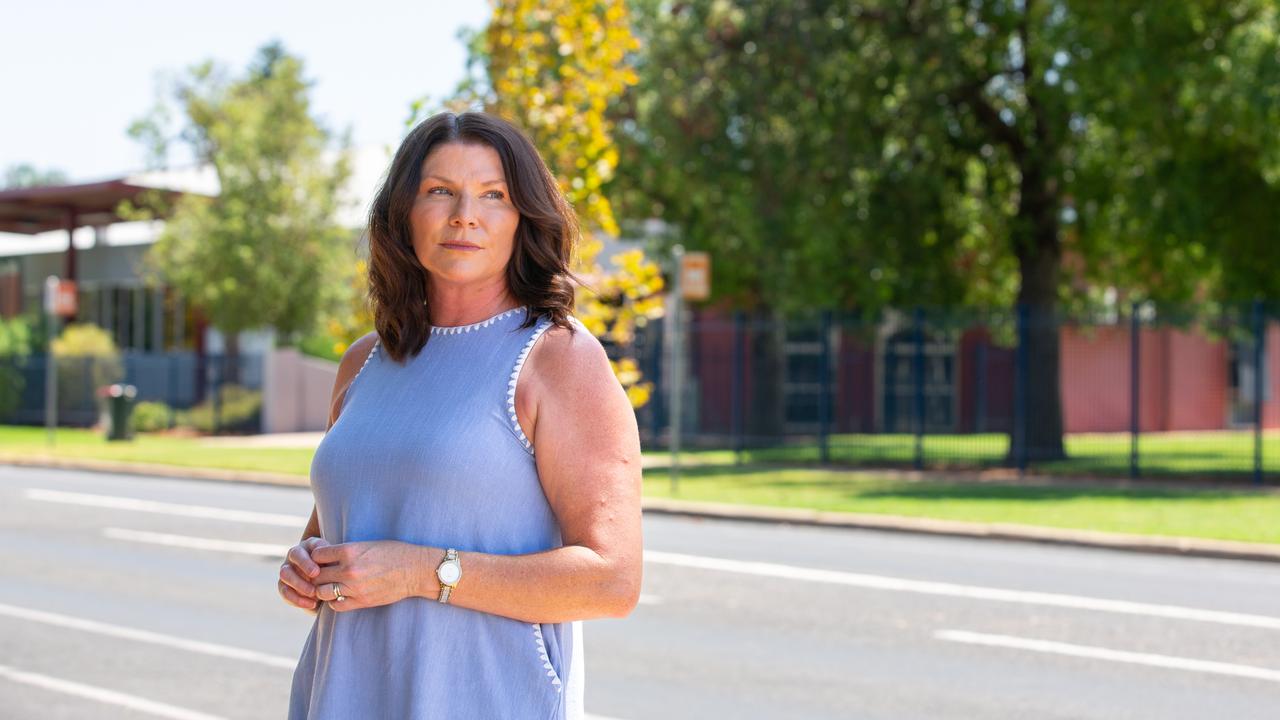African truancy levels on par with indigenous rates
Melbourne schools in suburbs with large populations of African migrants are facing high truancy rates.

Melbourne schools in suburbs with large populations of African migrants, including the troubled South Sudanese community, are facing high truancy rates similar to those afflicting many indigenous communities, sparking fears of poor educational outcomes and spiralling social problems.
Up to 50 per cent of students enrolled at some schools in Flemington, Tarneit and Sunshine in the city’s west and Dandenong in the east fail to attend at least 90 per cent of school days, data published by the Australian Curriculum, Assessment and Reporting Authority has revealed.
Education experts believe that 90 per cent attendance is the minimum benchmark for a student to progress in their learning. Victoria’s overall attendance level is 79.5 per cent, meaning one-fifth of students are not attending school consistently.
African community leaders, teachers and social workers have expressed alarm at the high level of school disengagement and were concerned about possible links to the recent spike in crime and anti-social behaviour by young people from South Sudanese backgrounds.
School principal Matthew Shorecross, who runs Sacred Heart School in Fitzroy, which has a large intake of South Sudanese, Ethiopian and Eritrean students from the Atherton Gardens public housing estate, said the secondary school system was failing many migrant and refugee students, particularly boys.
“In saying that, they’re probably disengaged by the time they get there,” Mr Shorecross said. “We ... probably haven’t done a good enough job. We need to get better at catering for different learning styles.”
With research suggesting that it can take five to seven years for a child raised in a non-English-speaking home to acquire language skills equivalent to an Australian-born classmate, Mr Shorecross said engagement was crucial in the early years so that “kids don’t drop off the radar in the meantime”. Sacred Heart recorded an attendance level of 81 per cent last year — above the state average — whereas Fitzroy Primary School, which has a similarly disadvantaged demographic, had an attendance level of 70 per cent. Several schools in Dandenong and Pakenham recorded attendance levels of between 60 and 70 per cent, while Sunshine College reported an attendance level of just 59 per cent in term one, dropping to 54 per cent by term three.
In the City of Wyndham, where youth vandalism and anti-social behaviour sparked headlines over summer, Tarneit P-9 College recorded a 72 per cent attendance level and noted its concerns over unexplained absences, particularly in the primary year levels, in the latest annual report. It has since introduced an attendance policy and employed an African community liaison officer.
While each of the schools has large numbers of students with a language background other than English, the data does not provide a breakdown by nationality.
However, according to the census, the Wyndham and Dandenong regions have among the highest number of South Sudanese migrants across the state.
Debney Meadows Primary School, where 85 per cent of students come from Horn of Africa countries and most live in the Flemington public housing estate, reported an attendance level of just 46 per cent last year.
Principal Vicki Watson said all schools faced challenges and Debney Meadows was no different. “We do a lot of work to make sure our beautiful young people are here every day,” she said.
Other principals approached for comment by The Australian did not respond.
Federation of South Sudanese Associations president Kenyatta Dei Wal, a member of a recently formed taskforce to tackle youth crime, said a “holistic solution” was needed.
State Education Minister James Merlino said the vast majority of young people from culturally diverse backgrounds were “engaged and thriving at school”.
Mr Shorecross said Sacred Heart students had benefited from exposure to the wider community and role models who had achieved success in their own education.
With that in mind he has hired two engagement officers — Wally Elnour and Bakhita Dao, both of South Sudanese descent — to support struggling children to ensure they don’t fall behind.
Mr Elnour, 20, is excited by the new job, which the actor was encouraged to pursue after playing a promising basketballer caught up in a police investigation in the SBS TV series Sunshine.
“Growing up, I was the sporty type and I loved going to school,” he said. “If kids can have their passion and find it early, it can drive them to be better people. School can help them to do that.”



